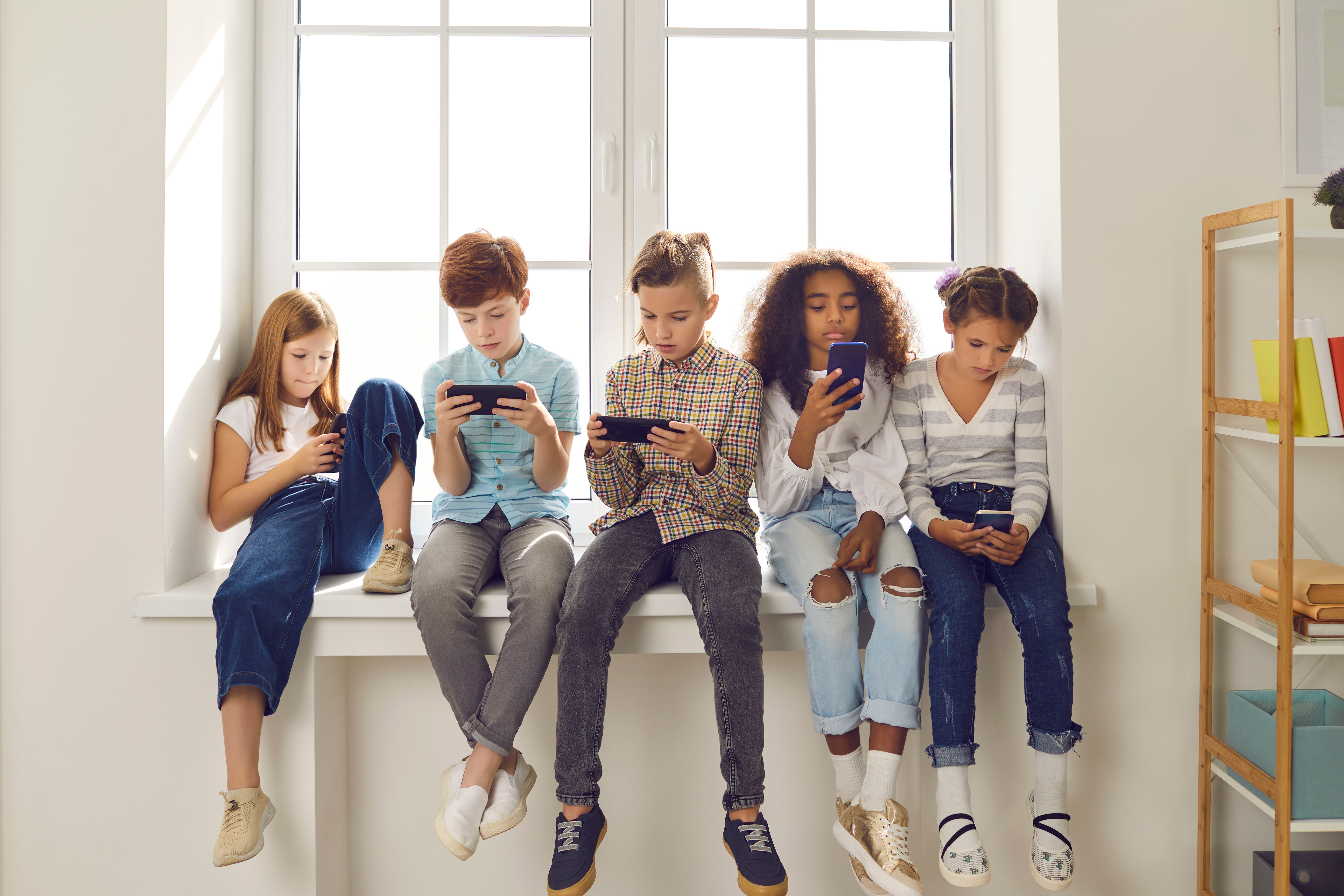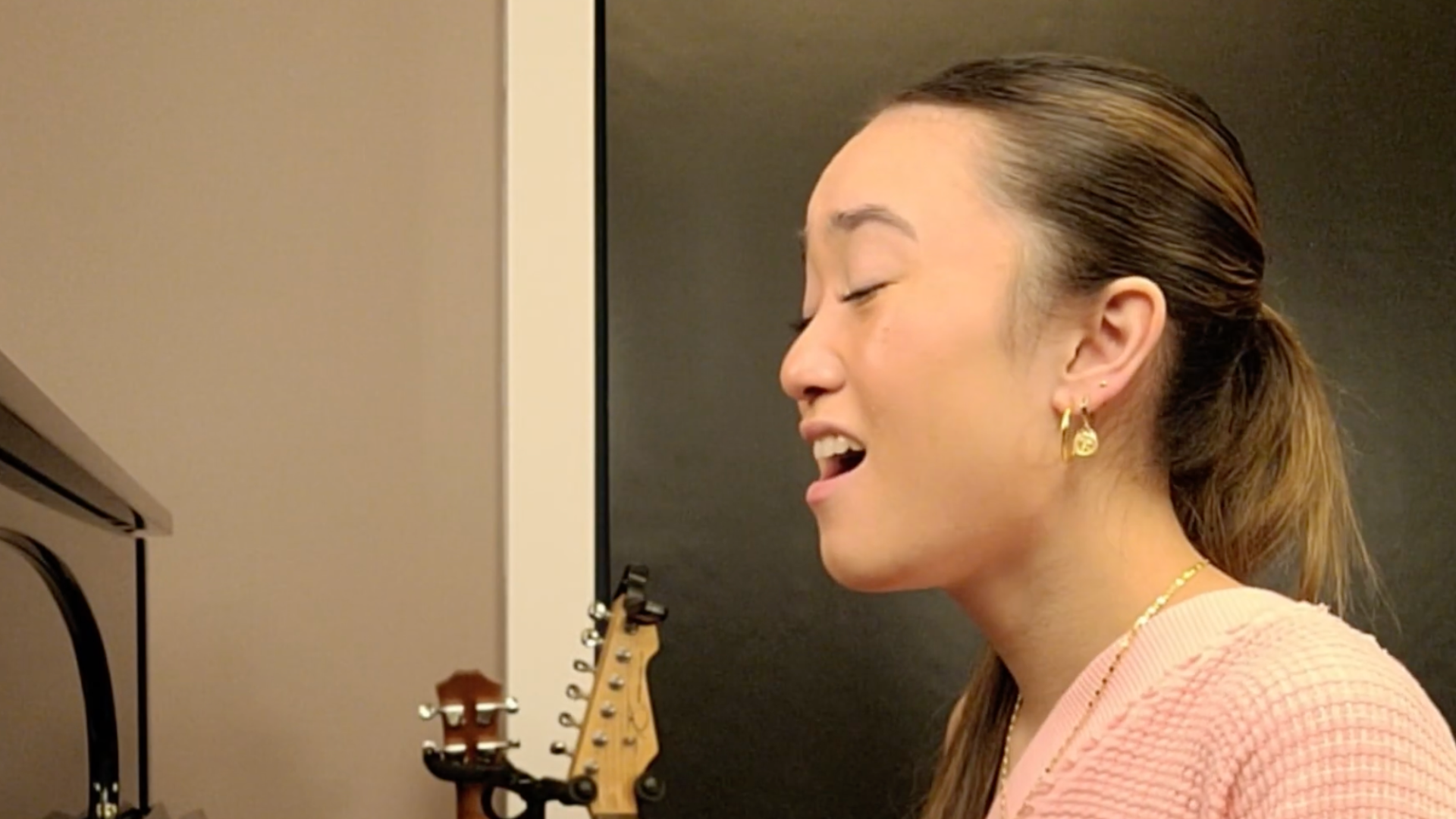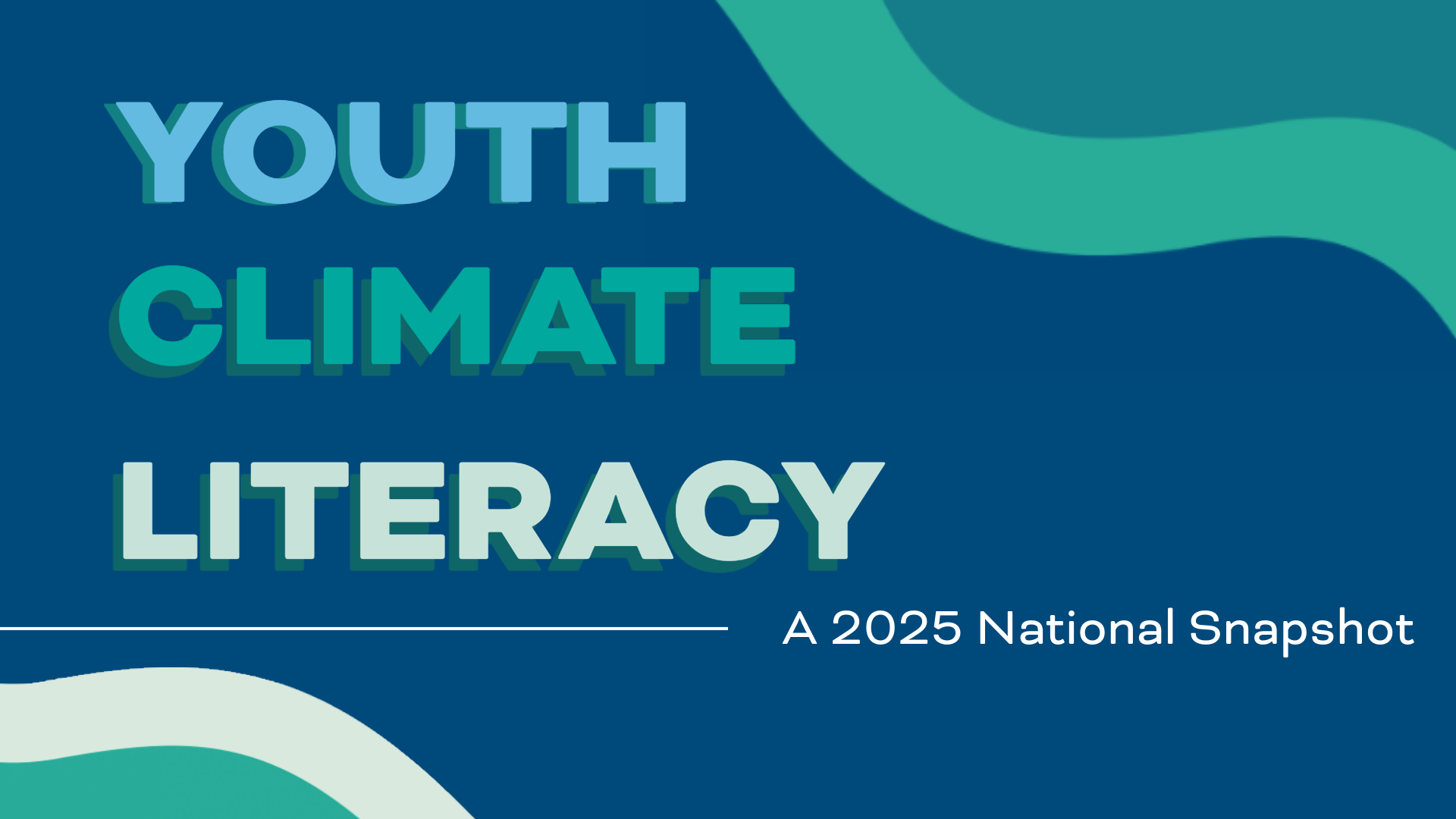Resources — Other Resources
How Children’s Media Can Help End Intergenerational Climate Silence

A heroic little robot does his best to conquer towering mountains of trash on an abandoned planet. A fawn flees through the snowy woods as a shot rings out behind him. Tiny fairies protect their forest home from loggers. A kitten with an eye patch helps clean up a coral reef.
Most of us have a childhood memory of a moment in a TV show or film that helped shape how we relate to the natural world.
But these fleeting moments are no longer enough.
Our world is changing fast
The climate crisis is no longer a future event; we can see it all around us.
Nearly 1 in 5 US students attended schools in districts affected by federally-declared natural disasters from 2017 through 2019. This summer brought a dizzying cascade of extremes: heat waves and drought in California, China, and Europe; floods in Kentucky and across the nation of Pakistan. And only five years after Hurricane Maria, Puerto Rico was devastated again by Hurricane Fiona.
According to the IPCC, children aged ten or younger in 2020 are expected to experience a nearly four-fold increase in extreme events under 1.5°C of global warming by 2100, and a five-fold increase under 3°C warming. UNICEF has rightly declared the climate crisis a child rights crisis, noting that 99 percent of all children live in areas facing at least one climate risk, with devastating impacts on growing bodies, lungs, hearts, and brains.
Parents and teachers want to talk about it, but they lack the tools
This Is Planet Ed, in partnership with Capita, has commissioned an impending national poll highlighting Americans’ level of concern about climate change, particularly concerning the young and the next generation. We will release the complete analysis soon, but we can currently reveal that:
- 82% agreed that children will be essential in fighting climate change and that we must give them the knowledge and skills to build a sustainable world.
- Yet, only about half (49%) of parents with children say they have talked with their children about climate change.
There is an intergenerational silence on climate. A poll I commissioned with NPR/Ipsos in 2019 showed that 84% of parents—including 2 of 3 Republicans and 9 in 10 Democrats—and 86% of teachers want children to learn about climate change. Yet just 45% of parents already speak to their children about climate change, and only 45% of teachers said they are already teaching it in schools.
Feelings are a barrier
Climate anxiety is growing in young people. In a 2021 survey, 84% were “worried” and 59% “extremely worried” about climate change.
The emerging field of climate psychology shows that difficult feelings like grief, anxiety, and anger can stop people from acknowledging the reality of the climate crisis. These feelings create climate silence. They can stop parents from discussing this with their children.
Children’s media can help
There is a huge opportunity for children’s media to meet this moment. We need storytelling that sensitively and imaginatively engages children on the facts, feelings, and solutions to the climate crisis. Age-appropriate, research-informed media can help bridge the gap and start these crucial, but tough conversations.
This work can also help reach parents. Research published in Nature Climate Change shows that educating children is among the most powerful catalysts to getting parents concerned about climate. And a 2022 study by Veronica Lin at Stanford University found parents wanting more media resources, especially for tweens. They want these to focus on solutions and actions that families can take.
Introducing solutions empowers children to take action in their families and communities. This is what Australian climate psychologist Susie Burke calls “problem-focused coping,” an essential strategy to deal with eco-anxiety.
In short, families need to understand causes, recognize impacts, unpack feelings, and take action. Trusted messengers in children’s media can help them. Climate content must and can be developmentally appropriate for different age groups and feature diverse communities on the frontlines right now. We need TV, movies, YouTube, audio, books, apps, and games, for use in formal, informal, and home settings.
An emerging community of practice
As a pillar of This Is Planet Ed, we are building an initiative to harness the reach and influence of media. Children’s media can support children and their families in building scientifically-grounded awareness and understanding of climate science, impacts, and solutions. It can even empower them to take action.
This work has been inspired by a series of conversations hosted by the National Science Foundation (NSF), starting with the Design & Discover Forum on Climate Science, Children, & the Media and followed by two research roundtables where children's media leaders, researchers, scientists, content creators, and more gathered to discuss opportunities for the field to take action.
Our initiative will build on these conversations and bring together practitioners and industry leaders in children’s media who want to bring climate into their work, climate scientists passionate about public communication, and developmental experts and educators who can help find the proper framing for the toughest subjects.
The courageous campaigns toward diversity, equity, and inclusion in children’s media of the past several years have inspired us. Just as children deserve to see themselves reflected in diverse characters and voices, they deserve to see the conditions of our only home reflected as well.
Kids are experiencing and witnessing the impact of the climate crisis in their everyday lives. Their media needs to help them and their families make sense of it. Moreover, kids’ media can be part of the climate solution.
We want to shine a light on existing work and become a beacon for future practitioners. Join us.

